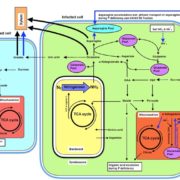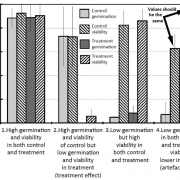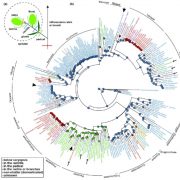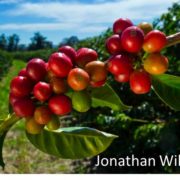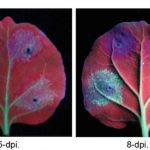Review: Trade‐off between seed dispersal in space and time (Ecol. Lett.)
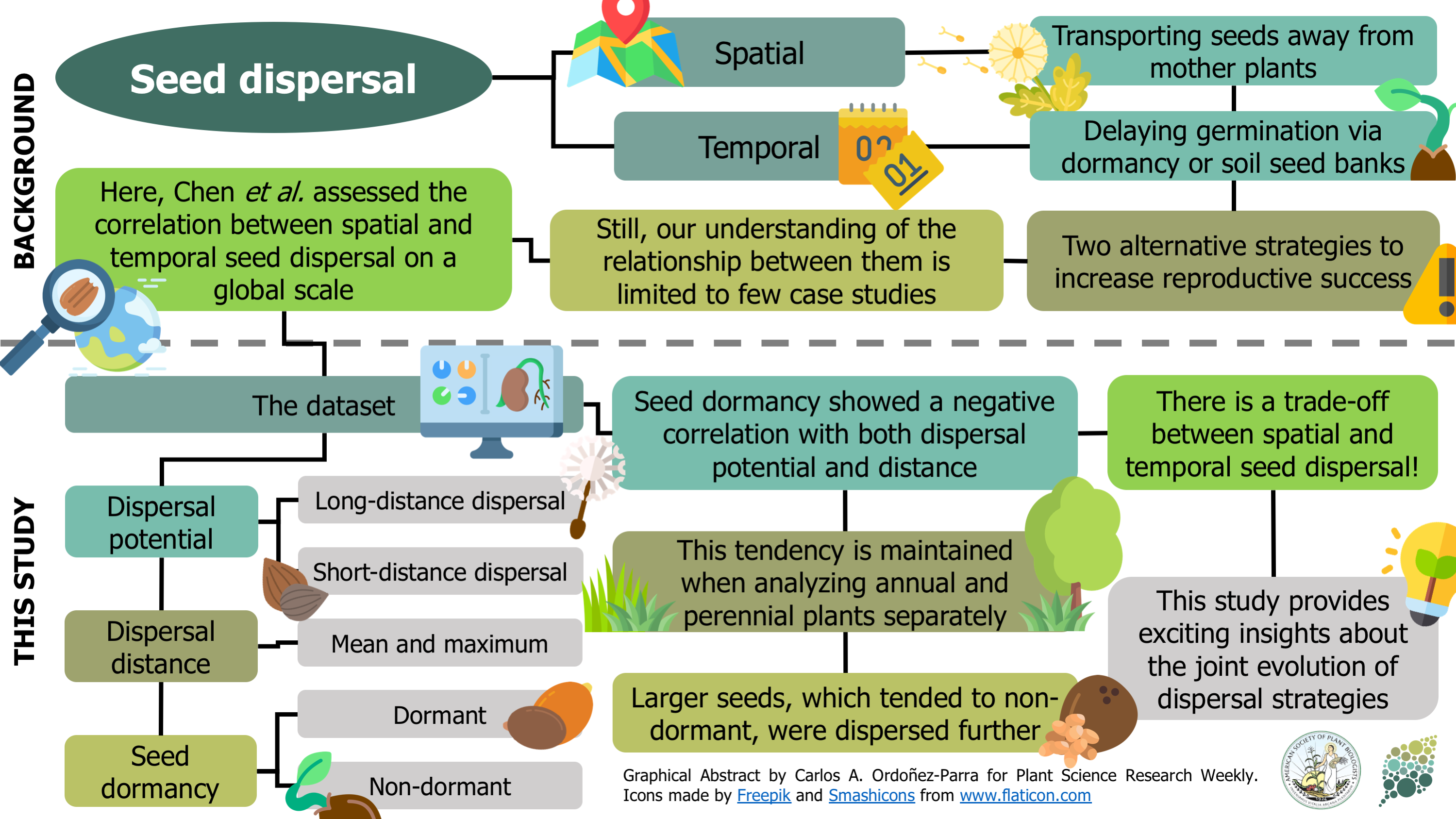
Seeds can be dispersed in space (i.e., away from their mother plants) or time (i.e., delayed germination via seed dormancy or persistent soil seed banks). These contrasting strategies have traditionally been considered to increase reproductive success, but our understanding of their relationship is limited to a few study cases. Here, Chen et al. provide the first assessment of the correlation between spatial and temporal seed dispersal on a global scale. For the time component, species were classified into dormant and non-dormant. For the space component, species dispersed by animals, wind, or water were considered to have long-distance dispersal potential, while species without specialized dispersion were supposed to have short-dispersal potential. Also, the authors recovered dispersal distances from the literature. Both seed dispersal potential and distance negatively correlate with dormancy, meaning dormant seeds were more likely to have short-distance dispersal and reduced dispersal distances. Interestingly, this tendency was maintained when analyzing annual and perennial plants, suggesting that other plant life traits influence this negative interaction. As a result, this study provides robust evidence of a trade-off between spatial and temporal seed dispersal and offers fascinating insights into these strategies’ joint evolution. (Summary and graphical abstract by Carlos A. Ordóñez-Parra @caordonezparra) Ecol. Lett. 10.1111/ele.13595


